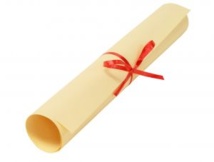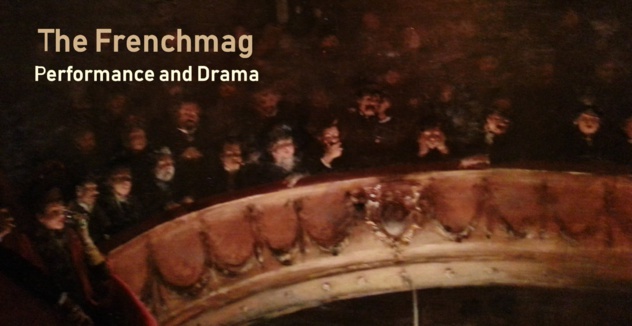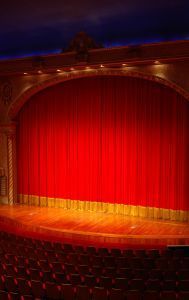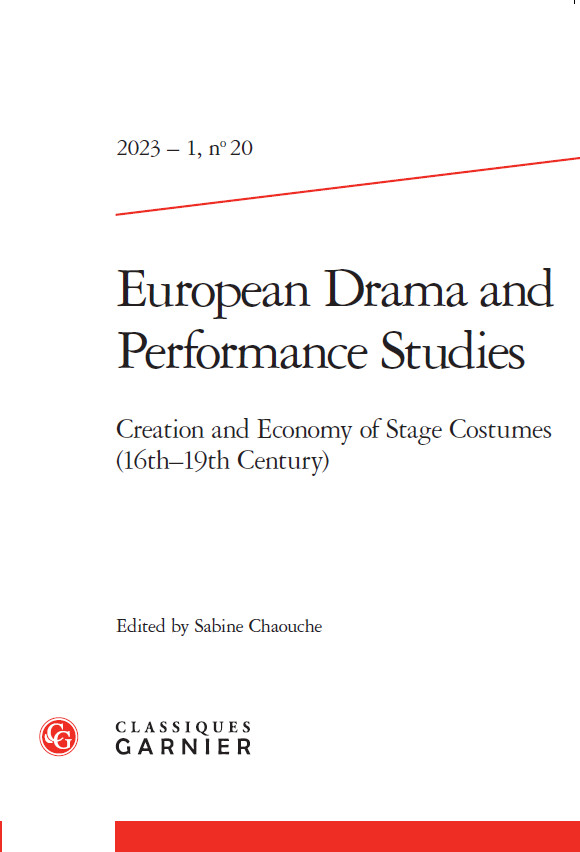
Résumé
François-Antoine-Valentin Riccoboni (1707-1772) : Vie, activité théâtrale, poétique d'un acteur-auteur dans l'Europe des Lumières
François-Antoine-Valentin Riccoboni (1707-1772) représente un paradigme de la rencontre des cultures théâtrales italienne et française au XVIIIe siècle, du point de vue des pratiques scéniques, de la dramaturgie, de la poétique et de la théorie du jeu. Son travail d’acteur participe de l’esthétique italienne visant un jeu plus simple et naturel, qui aura plusieurs échos dans la réforme de la pratique scénique française, la critique contemporaine et la théorie du jeu. Son œuvre se développe dans le sillon de la tradition de la Comédie-Italienne de Paris, démontrant la persistance des processus de composition poétique typiques du savoir artistique italien. Danseur et maître de ballet, François expérimente les possibilités du ballet-pantomime au carrefour des influences choreutiques anglaises, foraines, et du jeu pantomimique italien. Son Art du Théâtre (1750) représente la translation de sa pratique scénique dans le domaine théorique et esthétique. Manuel à l’usage des aspirants acteurs, il revendique aussi une théorie fondée exclusivement sur la pratique du plateau. Aussi, définit-il pour la première fois une théorie du jeu qui repose sur les qualités rationnelles et imitatives de l’acteur, laquelle influencera notamment le Diderot du Paradoxe.
Divisé en quatre parties, notre travail reconstruit la vie de Riccoboni (I Partie) ; essaie de saisir son jeu scénique en italien à l’impromptu, en français, dans le chant et dans la danse (II Partie) ; analyse son œuvre dramatique (III Partie) ; étudie l’Art du Théâtre (IV Partie). Deux volumes d’annexes rassemblent des documents d’archives inédits, le répertoire raisonné et l’édition des œuvres inédites de François.
François Antoine Valentin Riccoboni (1707-1772) : Life, theatrical activity, and poetry of an actor-author in the Europe of the Enlightenment
François Antoine Valentin Riccoboni (1707-1772) exemplifies the intersection between Italian and French theatrical cultures in the 18th century in terms of staging practices, dramaturgy, poetics, and the theory of acting. Rooted in the Italian aesthetic, his acting aimed to achieve a style that was simpler and more natural and would be echoed in a number of ways in the reform of French stagecraft, contemporary criticism and the theory of acting. His work develops in alignment with the tradition of the Comédie Italienne in Paris, thus demonstrating the longevity of the process of poetic composition characteristic of the Italian artistic expertise. Dancer and ballet master, Riccoboni experiments with the possibilities of the ballet-pantomime at the juncture of influences from English dance, fairgrounds, and Italien pantomime. His Art du Théâtre (1750) proposes the transposition of his stage techniques in the areas of theory and aesthetics. A practical handbook designed for aspiring actors, it claims also to be a theory based solely on stage experience. It articulates, for the first time, a theory of acting based on the rational and imitative qualities of the actor, which will influence notably Diderot in Le Paradoxe.
Divided in four parts, this doctoral dissertation retraces Riccoboni’s life (Part I); attempts to understand his stage craft in Italian all’improvviso, in French, in song and dance (Part II); analyzes his dramatic works (Part III); and studies his Art du Théâtre (Part IV). Two volumes of appendices offer previously unpublished archival sources as well as the annotated inventory and edition of previously unpublished texts by Riccoboni
François-Antoine-Valentin Riccoboni (1707-1772) : Vie, activité théâtrale, poétique d'un acteur-auteur dans l'Europe des Lumières
François-Antoine-Valentin Riccoboni (1707-1772) représente un paradigme de la rencontre des cultures théâtrales italienne et française au XVIIIe siècle, du point de vue des pratiques scéniques, de la dramaturgie, de la poétique et de la théorie du jeu. Son travail d’acteur participe de l’esthétique italienne visant un jeu plus simple et naturel, qui aura plusieurs échos dans la réforme de la pratique scénique française, la critique contemporaine et la théorie du jeu. Son œuvre se développe dans le sillon de la tradition de la Comédie-Italienne de Paris, démontrant la persistance des processus de composition poétique typiques du savoir artistique italien. Danseur et maître de ballet, François expérimente les possibilités du ballet-pantomime au carrefour des influences choreutiques anglaises, foraines, et du jeu pantomimique italien. Son Art du Théâtre (1750) représente la translation de sa pratique scénique dans le domaine théorique et esthétique. Manuel à l’usage des aspirants acteurs, il revendique aussi une théorie fondée exclusivement sur la pratique du plateau. Aussi, définit-il pour la première fois une théorie du jeu qui repose sur les qualités rationnelles et imitatives de l’acteur, laquelle influencera notamment le Diderot du Paradoxe.
Divisé en quatre parties, notre travail reconstruit la vie de Riccoboni (I Partie) ; essaie de saisir son jeu scénique en italien à l’impromptu, en français, dans le chant et dans la danse (II Partie) ; analyse son œuvre dramatique (III Partie) ; étudie l’Art du Théâtre (IV Partie). Deux volumes d’annexes rassemblent des documents d’archives inédits, le répertoire raisonné et l’édition des œuvres inédites de François.
François Antoine Valentin Riccoboni (1707-1772) : Life, theatrical activity, and poetry of an actor-author in the Europe of the Enlightenment
François Antoine Valentin Riccoboni (1707-1772) exemplifies the intersection between Italian and French theatrical cultures in the 18th century in terms of staging practices, dramaturgy, poetics, and the theory of acting. Rooted in the Italian aesthetic, his acting aimed to achieve a style that was simpler and more natural and would be echoed in a number of ways in the reform of French stagecraft, contemporary criticism and the theory of acting. His work develops in alignment with the tradition of the Comédie Italienne in Paris, thus demonstrating the longevity of the process of poetic composition characteristic of the Italian artistic expertise. Dancer and ballet master, Riccoboni experiments with the possibilities of the ballet-pantomime at the juncture of influences from English dance, fairgrounds, and Italien pantomime. His Art du Théâtre (1750) proposes the transposition of his stage techniques in the areas of theory and aesthetics. A practical handbook designed for aspiring actors, it claims also to be a theory based solely on stage experience. It articulates, for the first time, a theory of acting based on the rational and imitative qualities of the actor, which will influence notably Diderot in Le Paradoxe.
Divided in four parts, this doctoral dissertation retraces Riccoboni’s life (Part I); attempts to understand his stage craft in Italian all’improvviso, in French, in song and dance (Part II); analyzes his dramatic works (Part III); and studies his Art du Théâtre (Part IV). Two volumes of appendices offer previously unpublished archival sources as well as the annotated inventory and edition of previously unpublished texts by Riccoboni




